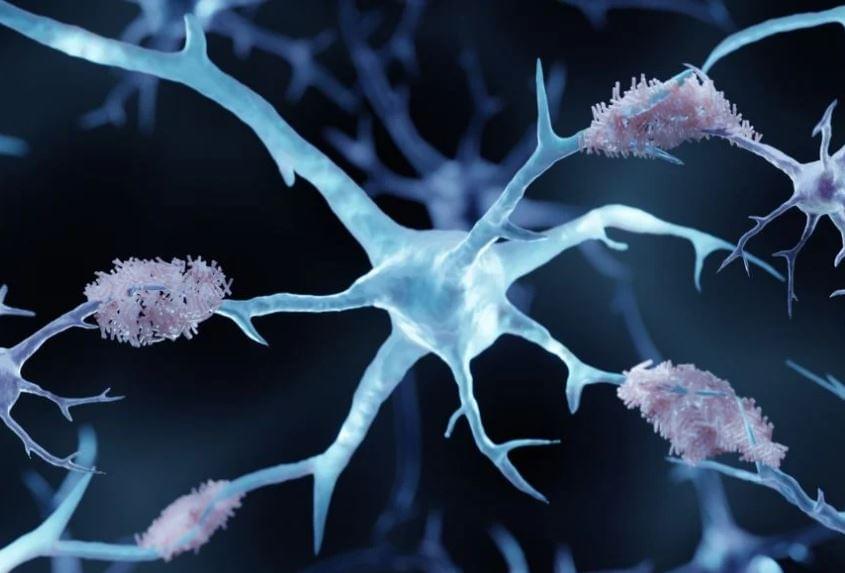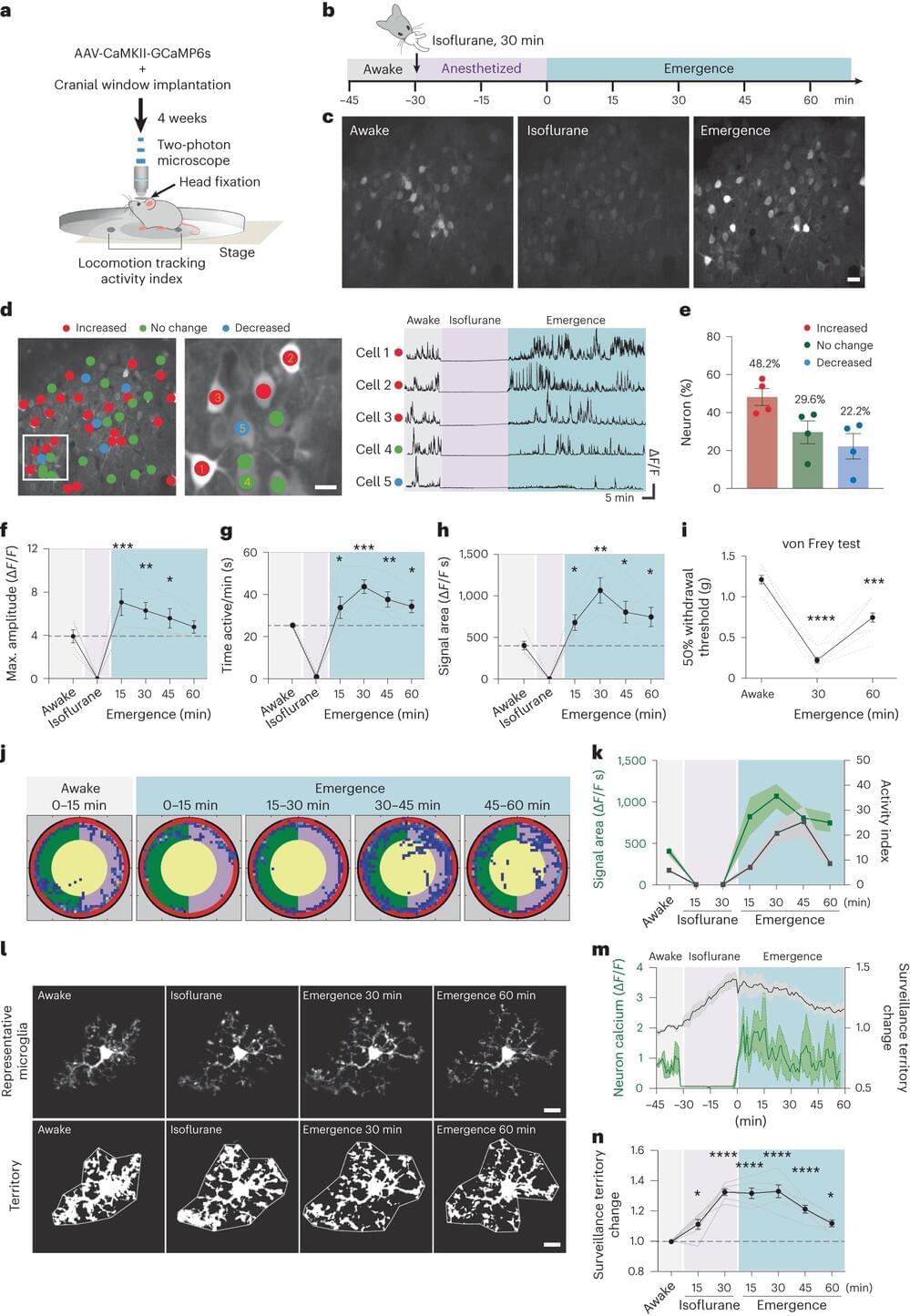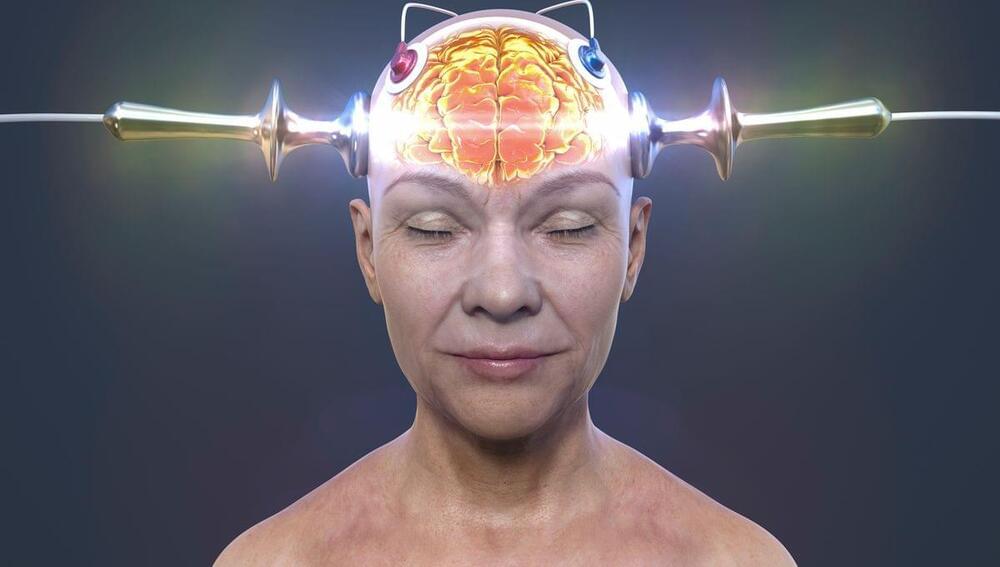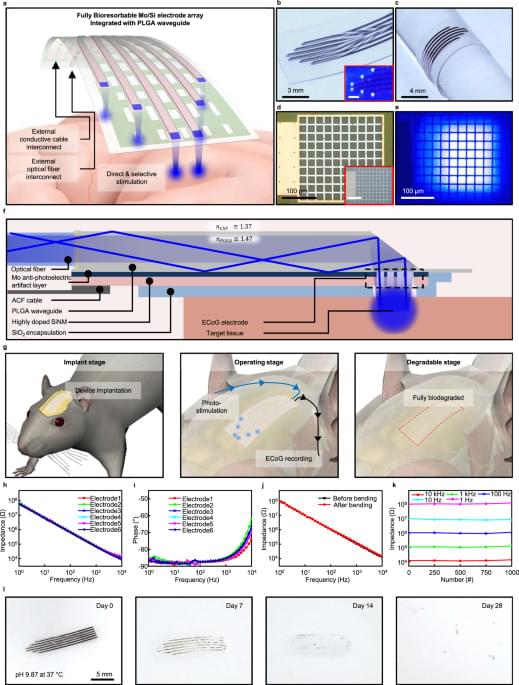Researchers at the University of Colorado Anschutz Medical Campus have found that inhibiting a key protein can stop the destruction of synapses and dendritic spines commonly seen in Alzheimer’s disease.
The study, whose first author is Tyler Martinez, a student in the Pharmacology and Molecular Medicine PhD program at the University of Colorado School of Medicine, was published recently in the journal eNeuro.
The researchers, using rodent neurons, found that targeting a protein called Mdm2 with an experimental cancer drug known as nutlin, stopped neurotoxic amyloid-b peptides that accumulate in Alzheimer’s disease (AD) from overly pruning synapses.









